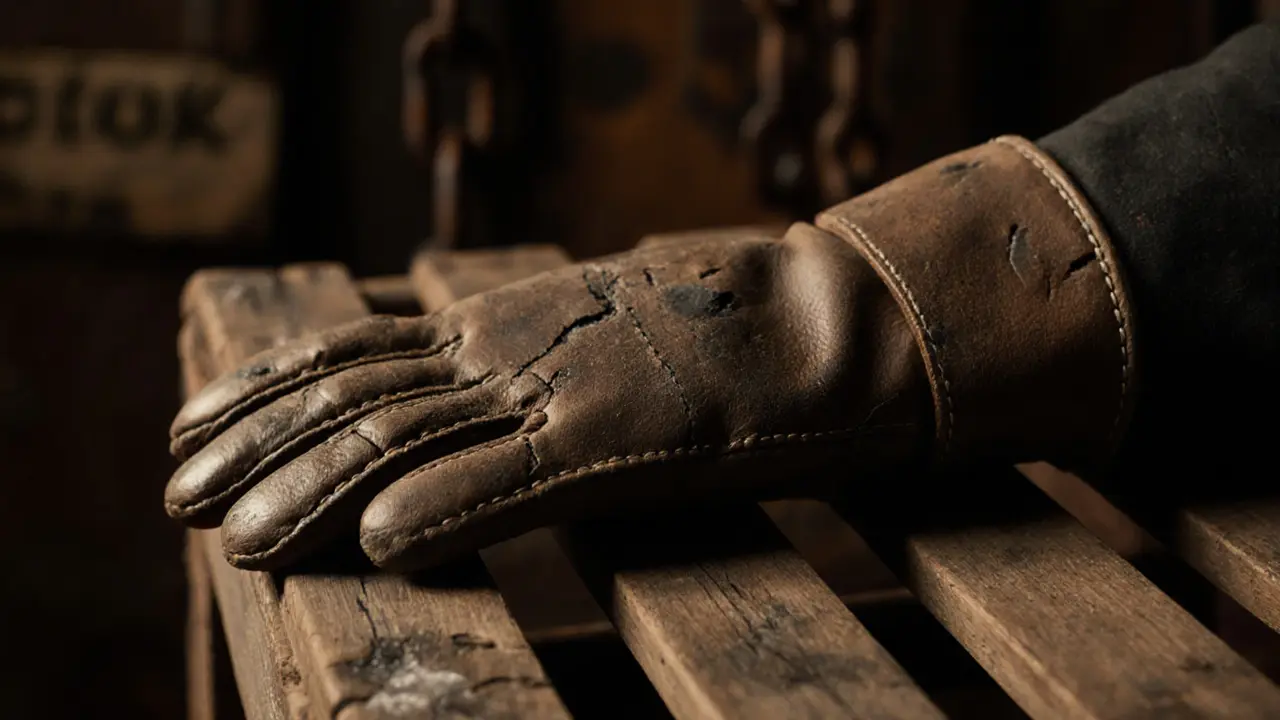Hidden Artefacts in London: Discover the City’s Secret Stories
When you think of London, you picture Big Ben, the Tower Bridge, or the London Eye—but beneath the surface, the city holds hidden artefacts, physical remnants of everyday life from centuries past, often overlooked or deliberately concealed. Also known as urban relics, these objects aren’t locked away in museums. They’re tucked into alleyways, buried under pavement, or quietly displayed in back rooms of old pubs and libraries. These aren’t just old things. They’re clues. Clues to how people lived, worked, loved, and survived when the city looked nothing like it does today.
Look closer at the Lifestyle Museum London Docklands, a space that doesn’t just display history but uncovers the quiet, personal moments that shaped the area’s identity, and you’ll see how curators dig through trash heaps and forgotten ledgers to find the real stories. Same goes for the London Transport Museum, where broken ticket machines, faded posters, and even a single lost glove from 1923 tell more about commuting life than any textbook. These places don’t just preserve history—they resurrect it. And they’re not alone. The RAF Museum London, a quiet hub of wartime memory, keeps pilot diaries, patched uniforms, and doodles on bomber walls that no one ever planned to show the public. These aren’t exhibits. They’re whispers.
London’s hidden artefacts aren’t just old objects. They’re proof that the city never stops changing—and never forgets what came before. You’ll find them in the cracks of a pub wall where a soldier carved his girlfriend’s name in 1944. In the basement of a modern coffee shop, where Victorian sewer tiles still line the floor. In the pattern of bricks on a quiet street that matches a 17th-century building plan no one remembers. These things don’t scream for attention. They wait. And if you know where to look, they’ll talk.
Below, you’ll find real stories from people who’ve stumbled on these pieces—whether they were exploring a back alley, visiting a museum after hours, or just waiting for a train. Some found them by accident. Others spent years hunting. All of them walked away with a deeper sense of the city—not as a tourist attraction, but as a living archive. What you’re about to read isn’t a list of places to visit. It’s a map to the things that made London, long before the signs went up.
- Elara Whitlock
- October 29, 2025
- Comments 0

